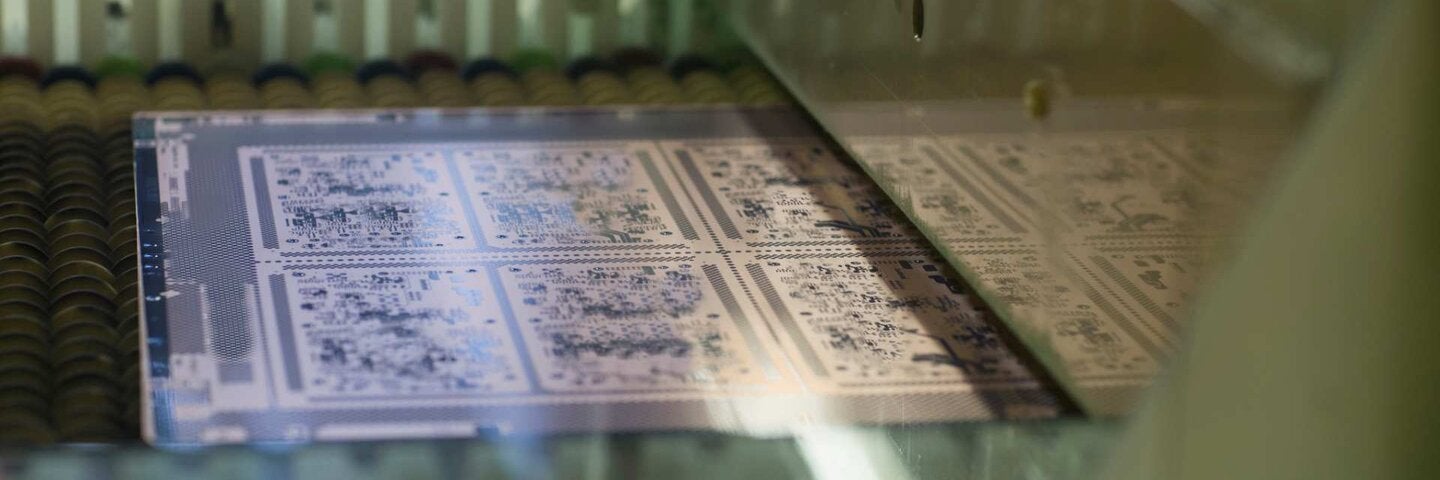High-Speed Digital Design and PCB Layout

High-Speed Digital Design and PCB Layout
EC ENGR 870.90
This course is for anyone who has worked with today’s ICs, high-speed designs and PCB layouts. No advanced math is required though attendees will find it helpful to bring a scientific calculator to the course. The course is not an introductory course. It is presented at a technical level that will provide experienced designers with information to design and layout a high speed PCB.
Get More Info
What you can learn.
What you can learn.
Learn fundamentals regarding the interaction of velocity, PCB material, capacitance, inductance, and characteristic impedance (Zo)
Understand rise and fall times of logic families, how to use an oscilloscope to measure ISI, jitter, eye diagrams, skin effect, SSO, SSN, and tan loss
Learn to design a transmission line for Zo , proper termination for minimizing reflections, and how to layout a PCT-microstrip, stripline, and differentials
Be able to provide bypassing between power and ground and power delivery to the high-speed IC switching logic
Learn to minimize crosstalk, via discontinuity and match cables/connectors for high-speed signal transmission
Learn to control high speed clocks and properly layout the bus structures (LVDS, multidrop, etc.)
About This Course
The speed of today’s logic devices mandates that the interconnects on PCBs must meet the high switching rise/fall times of these devices. Switching edges are in the 200ps to 300ps range and some devices have edges that have broken the 50ps barrier. This has resulted in high-speed design problems such as a lack of control over impedance and reflections; crosstalk, bypassing, and power delivery failures; time delays, false triggering and reflections; failure to meet EMI and FCC requirements. It is the edge rate, not the frequency, which exacerbates this problem. So, even if your design is for moderate frequency, the edge rates can cause these designs to reflect the high-speed effects.;Most designs today use a microprocessor and today’s micros have clock rates about 400 times higher than the original 8 and 16 bit machines. A key factor is the minimization of the semiconductor device (now at 20 nm with the FINFETS) leading to less parasitic L and C and thereby faster switching rates. This phenomenon is also apparent in RAMs, ROMs, ASICs and Gate Arrays. This leads to PCBs requiring terminators, new CAD routing disciplines, and component additions to minimize ground bounce effects. More and more designs are requiring these faster devices to meet more demanding specifications that match or beat the competition. The course provides you with the knowledge to do it right the first time. The course provides tools for recognizing the problems with any proposed high-speed design. Design rules and design processes are taught that insure the PCB will function properly at the prototype stage. The course emphasizes cost competitive design without sacrificing high-speed integrity.

